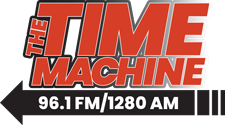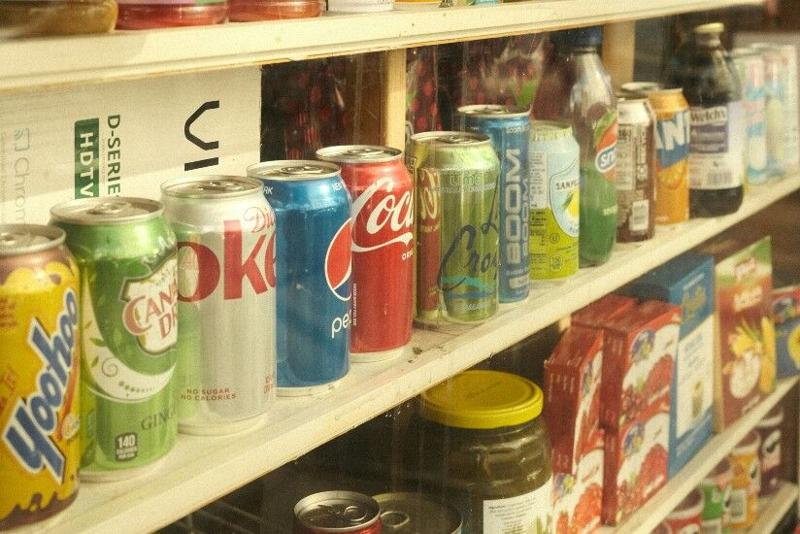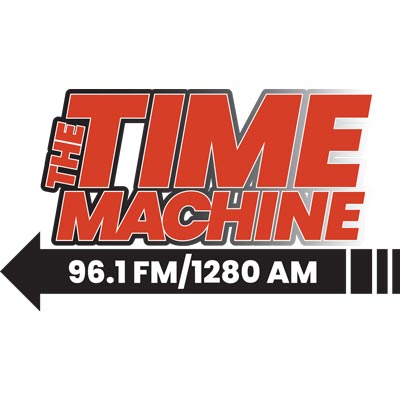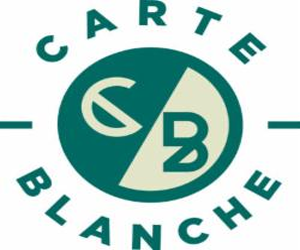U.S. Secretary of Agriculture Brooke Rollins signed a waiver for Nebraska’s food stamp program making it the first in the nation to ban soda and energy drinks. Critics of the restriction say it targets low-income individuals and won’t improve health outcomes.
The Supplemental Nutrition Assistance Program, formerly known as food stamps, is a federal program that helps low-income people buy food. Rollins’ move comes as states across the country look at similar restrictions on sugary drinks, junk foods, candy and other items seen by some as unhealthy.
Rollins called the waiver “the first of its kind” and a “historic step to Make America Healthy Again.”
Governors in Iowa, Arkansas, Indiana, Kansas, West Virginia, and Colorado are exploring similar options, she noted.
Unlike with other federal entitlement programs, states do not pay for SNAP. The U.S. government spent $112.8 billion on SNAP in 2023, covering 100% of the cost of benefits and 50% of states’ administrative costs.
Nebraska Gov. Jim Pillen said that starting Jan. 1, 2026, federal taxpayers will no longer be subsidizing soda or energy drinks in his state.
“There’s absolutely zero reason for taxpayers to be subsidizing purchases of soda and energy drinks,” Pillen said. “We have to act because we can’t keep letting Nebraskans starve in the midst of plenty.”
Nancy Brown, CEO of the American Heart Association, said earlier this month that the group supports efforts to ban soda from SNAP.
“As an organization that has opposed Big Soda for decades, we have worked tirelessly to pass public policies that effectively reduce consumption of sugary drinks,” she said. “The soda industry is using the same desperate playbook to deceive the public and undermine public policies that could benefit public health.”
The American Beverage Association, a trade group that represents the non-alcoholic beverage industry, has opposed such restrictions. In April, when Indiana Gov. Mike Braun, a Republican, banned candy and soft drinks from that state’s SNAP benefits, the ABA said it was the wrong move.
“Restricting SNAP purchases or banning safe ingredients won’t make anyone healthier – they only create headlines,” the group said. “Rather, they’re punitive policies that leverage fearmongering and misinformation while taking decisions away from Hoosiers and giving them to government. The outcome? Empty grocery store shelves, increased prices and cashiers forced to be the food police.”
Recipients already can’t use SNAP dollars to buy alcohol, tobacco, hot foods and personal care products.
Critics say such bans reduce food choices for SNAP recipients and come with costs and often-overlooked challenges. They also say such efforts target low-income residents, singling them out for restrictions without targeting other unhealthy food groups, such as high-fat dairy products such as cheese or calorie-dense meats such as steak.
Crystal FitzSimons, president of the Food Research & Action Center, spoke out in April when Arkansas and Indiana submitted similar SNAP waivers.
“The Trump administration’s push to accelerate these efforts undermines the dignity of people with low incomes and signals a dangerous policy direction – one that ignores data and imposes costly and ineffective restrictions,” she said. “Research consistently shows that the primary barrier to healthier food is affordability, and incentive-based options are more successful at encouraging nutritious food purchases.”
FitzSimons also noted higher administrative costs for states.
“These restrictions will place a significant financial burden on state agencies, forcing them to divert resources from core services that are critical to reducing hunger to manage increased administrative costs and enforcement,” she said at the time. “State budgets will be further strained, limiting the resources available to support those in need and exacerbating challenges for both recipients and the agencies that serve them.”
A 2011 USDA study found that food purchases, consumption patterns, and dietary outcomes among SNAP participants and higher income households were more similar than different. However, it noted SNAP households were more likely to buy sweetened beverages. SNAP households spent 9.3% of total spending on sweetened beverages while non-SNAP households spent 7.1% on the same category.
The federal program administered by states served an average of 42.1 million participants per month in fiscal year 2023 with average benefits of $211.93 per participant per month, according to the U.S. Department of Agriculture.
A 2024 poll from American Beverage Association found limited support for such bans. A national survey of 808 adults conducted by Public Opinion Strategies found that 64% of all adults think soft drinks and sugar-sweetened beverages should be allowed in the SNAP program while 36% were opposed.
The survey asked: “Thinking about the federal Supplemental Nutrition Assistance Program also known as food stamps … Do you think people receiving food stamps should or should not be allowed to purchase soft drinks and sugar-sweetened beverages with food stamps?”
Among Trump voters, the preference was still in favor of soft drinks with 58% for and 42% against. For voters without a college education, support jumped to 71% in favor compared with 29% against. For Black voters, support hit 85% in favor compared with 15% opposed.
The survey, conducted Dec. 12-17, 2024, had a credibility interval of +3.93%.







